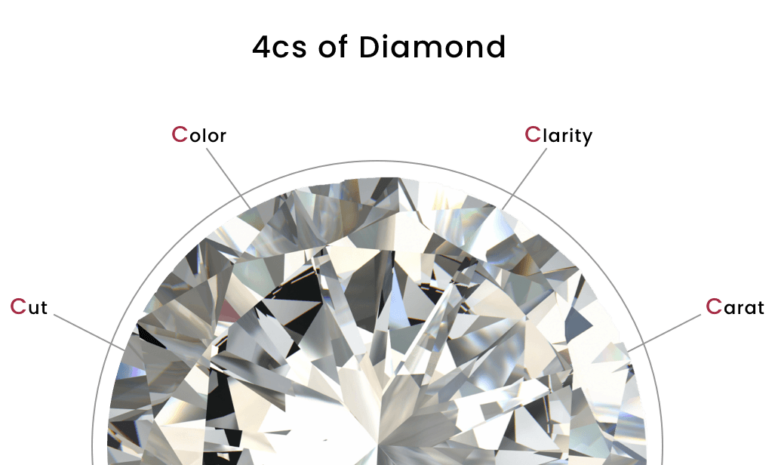
Lab grown diamonds have gained immense popularity as an ethical and sustainable alternative to naturally occurring diamonds. Just like their mined counterparts, lab grown diamonds are evaluated based on the 4Cs: Cut, Color, Clarity, and Carat weight. In this article, we will explore the significance of the 4Cs in assessing the quality and value of lab grown diamonds, helping you make an informed decision when selecting the perfect 4cs lab diamond for your desires and budget.
- Cut:
The cut of a lab grown diamond refers to how well it has been shaped and faceted, determining its brilliance, fire, and overall visual appeal. The cut is arguably the most critical aspect of a diamond, as it directly affects its sparkle. Lab grown diamonds can be found in a range of cuts, from traditional round brilliants to fancy shapes like princess, emerald, or cushion cuts. Opting for a well-cut lab grown diamond ensures maximum light reflection, creating captivating displays of brilliance.
- Color:
Color grading in lab grown diamonds follows the same scale as natural diamonds. The Gemological Institute of America (GIA) grades diamond color on a scale from D (colorless) to Z (light yellow or brown). However, it’s important to note that lab grown diamonds often exhibit minimal to no color, falling within the colorless to near-colorless range. The absence of strong color allows the diamond’s brilliance and fire to shine through, making colorless or near-colorless lab grown diamonds highly sought after.
- Clarity:
Clarity refers to the presence of internal or external characteristics, known as inclusions or blemishes, within a lab grown diamond. These characteristics are formed during the growth process. Clarity is graded on a scale ranging from Flawless (no inclusions or blemishes visible under 10x magnification) to Included (inclusions visible to the naked eye). Lab grown diamonds tend to have fewer inclusions compared to natural diamonds, making them a great option for those seeking high-clarity stones at a more accessible price point.
- Carat Weight:
Carat weight is a measure of a diamond’s size and weight, with one carat equal to 200 milligrams. Lab grown diamonds are available in a variety of carat weights, allowing you to select the size that best suits your preferences and budget. It’s important to note that carat weight is not the sole indicator of a diamond’s value. Factors such as cut, color, and clarity also significantly impact its overall beauty and worth.
Conclusion:
Understanding Diamonds 4Cs—Cut, Color, Clarity, and Carat weight—of lab grown diamonds is crucial when choosing the perfect stone for your needs. The cut determines the diamond’s brilliance, while color grading ensures a captivating display of light. Clarity assesses the presence of inclusions or blemishes, and carat weight represents the size of the diamond. By considering all four factors together, you can make an informed decision and find a lab grown diamond that meets your desired specifications and budget. Remember, the beauty of lab grown diamonds lies not only in their ethical and sustainable nature but also in their ability to exhibit the same brilliance and allure as their mined counterparts.




